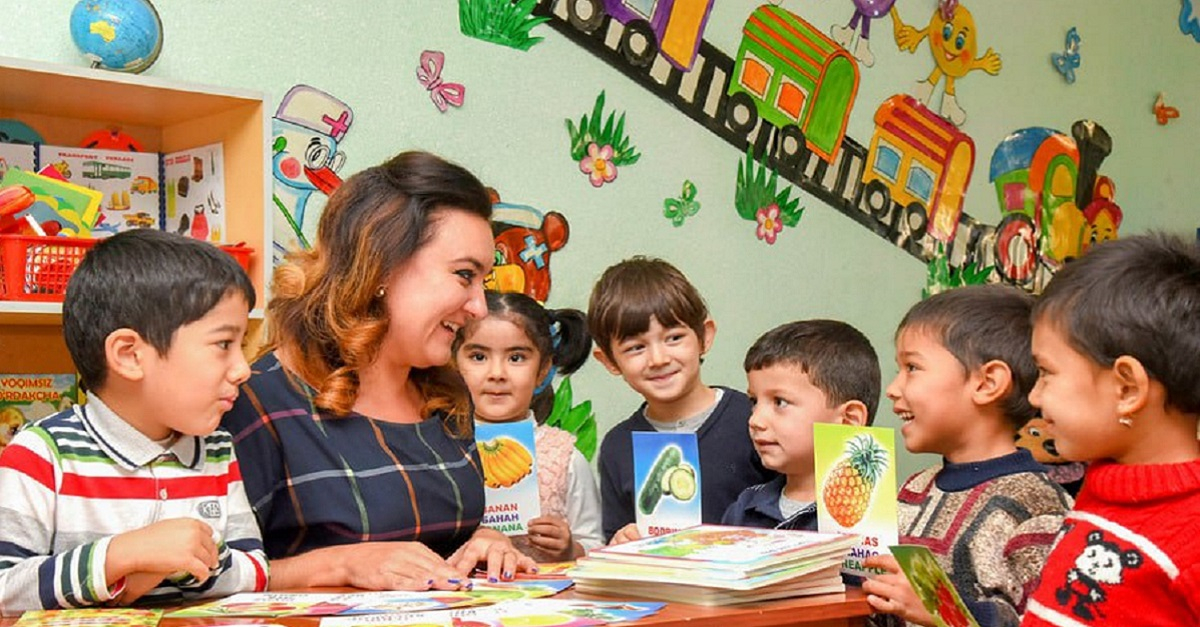Consciousness of children

The results of modern psychology show that the child's consciousness should be formed in a visual-effective, visual-figurative and verbal-logical manner. Words can be used to introduce children to objects they can see and feel, and then move on to imaginary shapes. The above should also be observed when choosing a method. This is why sensory education in early childhood and kindergarten is an important factor in mental education.
Long before the child begins to speak, when he just begins to speak, he learns the world around him and the world of objects with the help of adults: When a mother passes a toy to her child, the child reaches out to take this toy. His sight and perception are combined with hearing. When the name of a toy is mentioned, there is an interaction between emotional perception and speech. For example, if the mother repeats “give the kitten” and “bring the kitten” several times, the child will remember the name of the toy better. After all, the word "kitten" creates something in the child's mind.
The famous Russian physiologist Ivan Sechenov wrote: "After the child learns to speak, he will become more interested in the things around him and wants to know them. Does he hide why the wind blows?"
Speech development in preschool children plays a special role. People use their native language to express their opinions and understand the opinions of others. Speech acquisition allows a child to develop knowledge through a story, a piece of art, or a storyteller's explanation. In kindergarten, tasks are solved to increase the vocabulary, the formation of the grammatical structure of the word, the development of coherent speech.
In preschoolers, the ability to consciously memorize is well formed, the amount of memory is expanding. Imagination is necessary for creative activity, so it is important to develop it from kindergarten. In the early stages of kindergarten, children develop their imagination. With the increase in life experience and the development of thinking, creative imagination expands. For a child of early age, visual-motor, visual-figurative thinking is characteristic. Develops verbal, logical and understanding thinking. Teaches a deeper understanding of events, distinguishing between important and unimportant aspects.
Curiosity is the property of a child. It manifests itself in the child's curiosity for the events and phenomena around him, for things and objects, in the fact that he catches everything, feels, moves, moves, carefully observes and observes what interests him. The child's questions can be used to determine the level of curiosity.
The task of mental education is to develop curiosity in children, their critical thinking and to form on their basis an interest in learning.
Preschool institutions are faced with the task of developing the mental abilities of children. In psychology, personality traits that create conditions for the successful mastery of a particular activity are manifested and developed in the process of ability. The mental abilities of a person can be characterized by such qualities as intelligence, quick wits, critical thinking, selectivity, thoughtfulness.
Thus, the educator must organize activities that develop mental qualities in children. For the development of the intelligence of children, it is necessary to organize games that require a quick reaction. For example: “say the next number”, “say the opposite”, “three do not fly”, etc.); involve children in the analysis of the work of their peers, respond to the development of the ability to think critically; it is desirable to organize a simple study to solve puzzles.
In early childhood and adolescence, children rapidly grow interest in the world around them. Curiosity is a powerful force that drives a child's mental development. Adults should be aware of and stimulate children's curiosity and curiosity.
Aziza Karimova
Samarkand State University
Lecturer at the Department of Preschool Education

